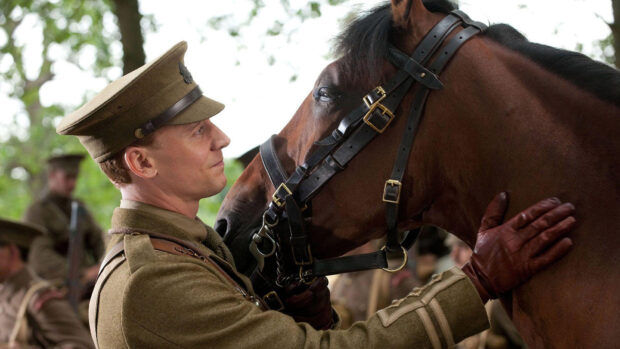Sue Carson, founder and managing director of Sue Carson Saddles explains why autumn is an important time to check the fit of your saddle — and what you should expect from your chosen saddle fitter
Horses change shape all the time, dependent on weight, fitness and musculature, so at this time of year when management changes mean more stable time, fewer competitions and training schedules interrupted by the weather, checking saddle fit is important, as it has long term impact on both soundness and performance.
1. A correctly fitting saddle is essential to ensure that your horse has maximum comfort, freedom to move and also the opportunity to develop the correct muscles. You need the saddle to suit your style of riding and your body shape and size (long or short legs etc) to ensure you are in true balance and not sitting ‘in the horse’s way’, so enabling your horse to perform to the best of his ability.
2. You should get your saddle checked every three to six months depending on how the horse changes shape and his work schedule. In my experience, horses keep changing shape at all ages. At one point, my then 18-year-old grand prix dressage horse changed shape 1.5 fits in the space of eight weeks.
3. I recommend you measure your horse every month with a flexi rule, which should be positioned two fingers behind the shoulder blade, then again where the middle of the saddle would be and finally just before the back of the saddle, so you have three measurements. I would also take a weigh tape measurement, then you will know if your horse has changed and hence when to call the saddle fitter.
4. In simple terms, if your saddle has been wrongly fitted, your horse will not move very well and you do not get a very good performance. It is easy to imagine how uncomfortable a saddle that doesn’t fit is likely to be; just think how you would feel trying to go for a run, or during an active gym session, if your footwear didn’t fit you properly. You would be very likely to experience soreness, bruising, stiffness and even secondary muscle or other soft tissue injury due to moving awkwardly because you were trying to somehow avoid the worst of the discomfort. Not what you want to inflict on your horse.
5. To do a thorough job, your saddle fitter needs both a stable and a good quality surface to see you ride in order to be able to do a good job. Be sure you are correctly dressed in riding clothes.
6. You should expect your saddle fitter to measure your horse and then watch him move in hand. Make sure you have a full medical history for both you and your horse, so that if there are any issues that need to be taken into account, they can be discussed.
7. If you are buying a new saddle, you need to sit you on eight, maybe 10 saddles on a saddle stand to come down to a short list of two or three for you to ride on. You will need to ride the horse to the level at which he is training/competing so that both you and your saddle fitter are happy that the saddle you like is right for both of you. If you have a trainer, chiropractor, physiotherapist and/or vet involved with your horse at the time, it is better if they can be there.
Like this? You might also enjoy reading these:
The Micklem bridle: what you need to know
9 reasons riders love (and hate) autumn
8. If you are buying a second hand saddle, the first thing you need to ensure is that the tree is not broken. To test the tree you need to try to bend the saddle from front to back; you should expect just a small amount of ‘give’. You also need to check the head of the tree by running your fingers round the inside of the head and also try to flex the front of the saddle in and out; there should be no give when you do that. You also need to look at the stitching on the whole saddle, but especially on the girth straps.
9. Next you need to be certain that the tree is the correct width for the horse — if it is, the tree points should run parallel to the horse’s shoulders.
10. When on the horse with the girth done up , a dressage saddle should sit level on the horse’s back when it is in trot and a jump saddle should sit level when the horse is in canter.



